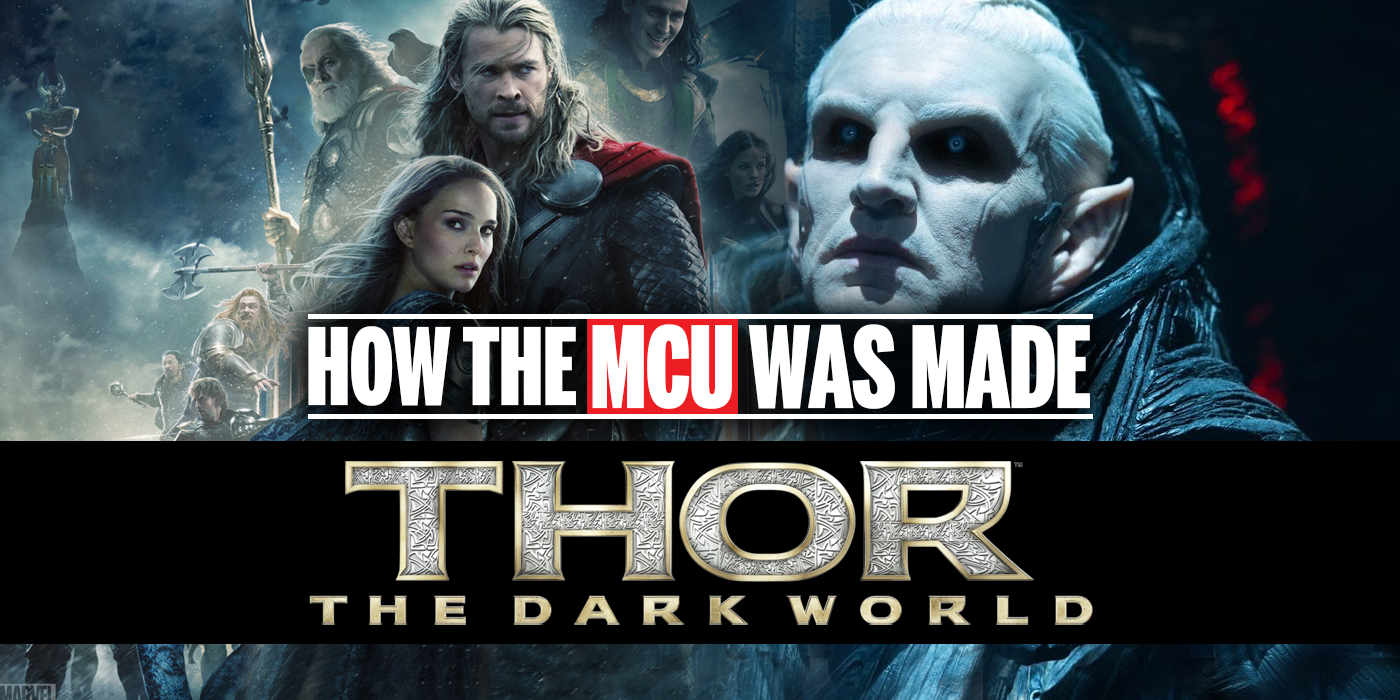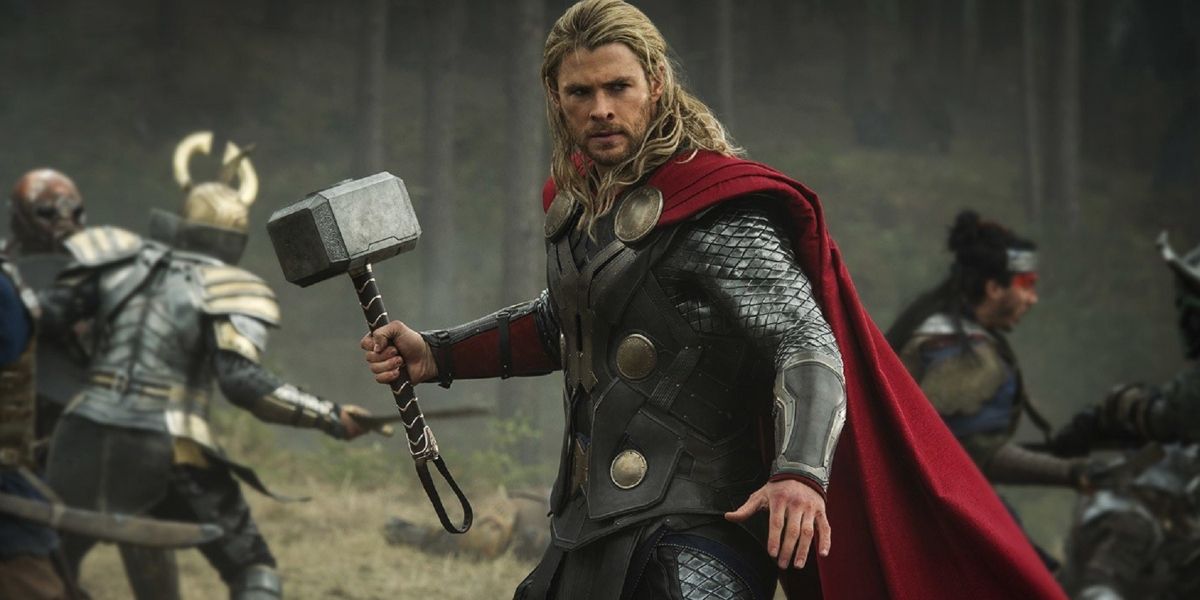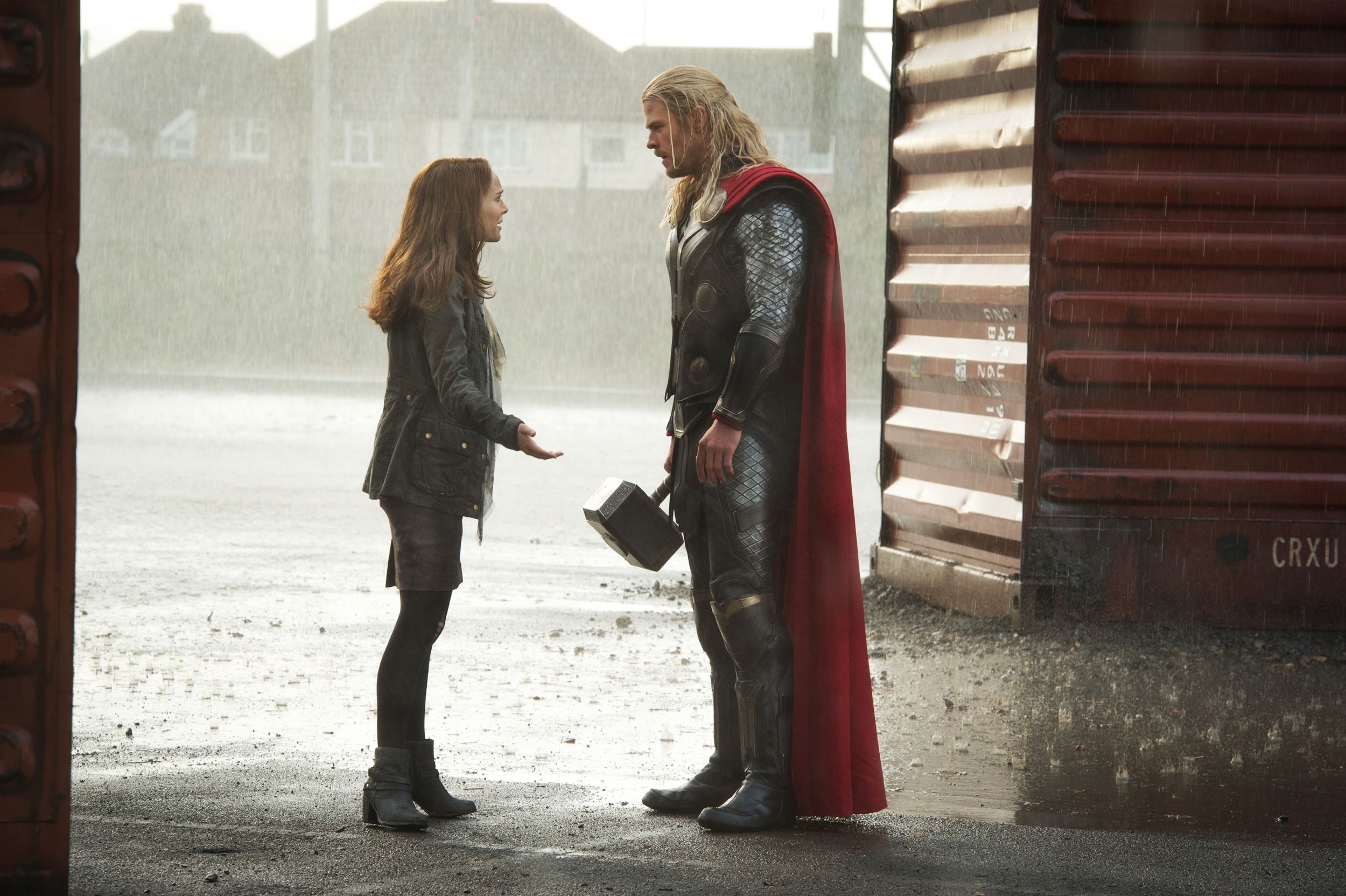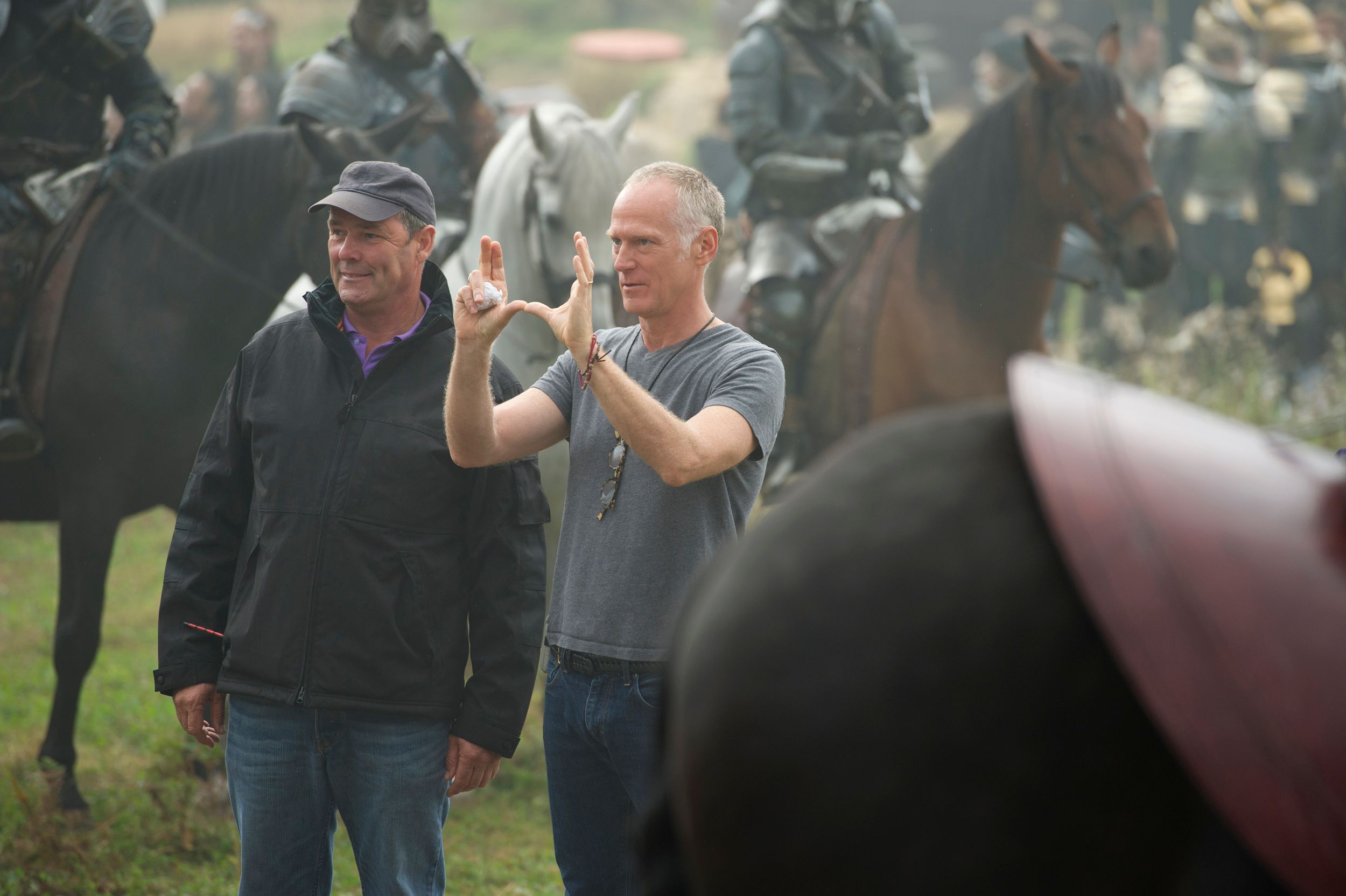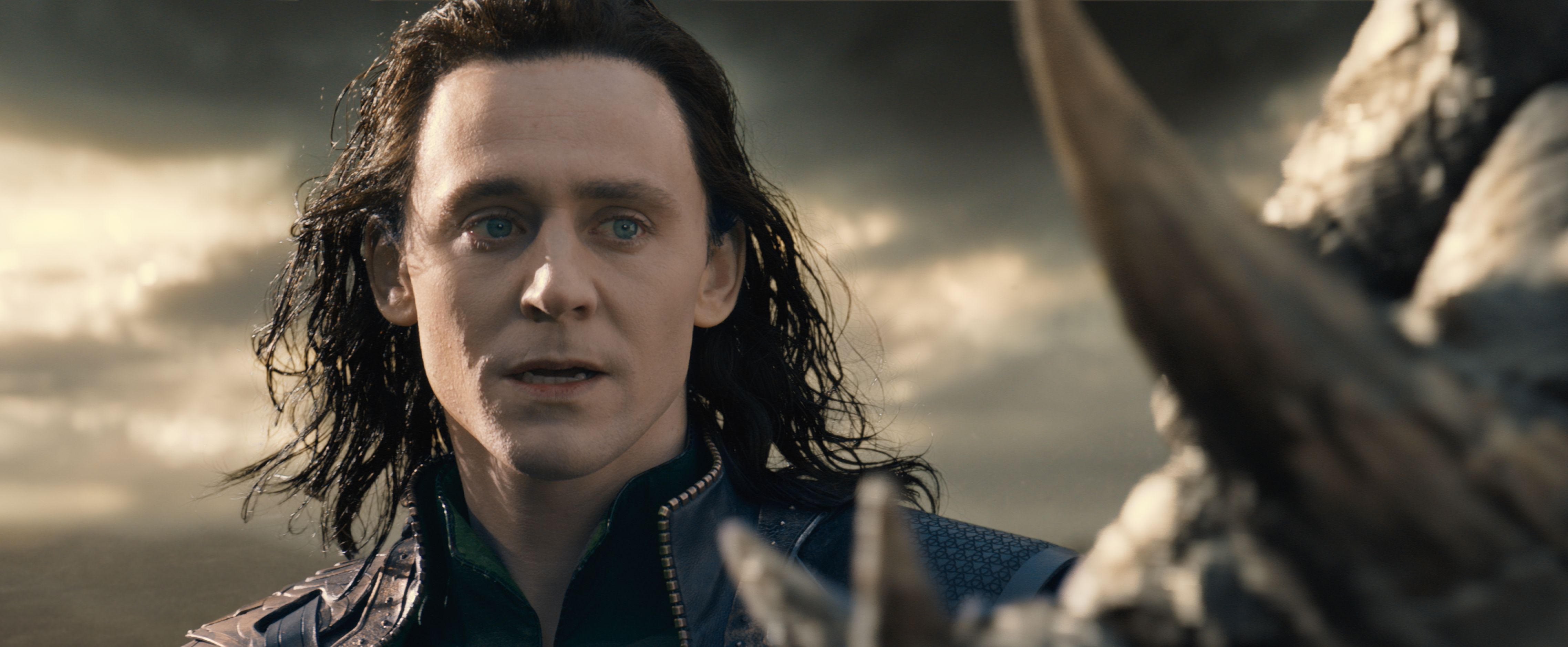Leading up to Marvel’s The Avengers, the question on everyone’s minds was whether this interconnected universe of Marvel movies would work. But after The Avengers, which was a monumental success, the studio then had to turn to continuing to build out its individual franchises. First up was Iron Man 3, a fairly safe bet given the success of the first two movies. But second out of the gate was a Thor sequel, following an initial film that had a few issues and a character that was still somewhat ill-defined. Indeed, as evidenced by the creatively difficult production of Thor: The Dark World and basically everyone involved admitting the movie wasn't great, creating a successful and satisfying Thor 2 was far easier said than done.
After securing Chris Hemsworth to star and Kenneth Branagh to direct the first Thor, Marvel was bullish enough on the project to begin preliminary work on a follow-up. Less than two months after Thor hit theaters in 2011, as Hemsworth was in production on the Joss Whedon-helmed The Avengers, Marvel Studios not only officially announced Thor 2 but also set an ambitious July 2013 release date, giving all involved just two years to create a satisfying follow-up from scratch.
Given the time crunch, Branagh declined to return as director:
"It was a long time [making the first film] and they were way too quick for me to get straight back into another. [But] it was a pleasurable experience and a film I'm very proud of."
So Marvel got to hunting for a new director while Don Payne, who co-wrote the first Thor, got to work crafting a screenplay for the sequel (though he would later be rewritten by Christopher Yost, Stephen McFeely, and Christopher Markus). As opposed to hiring established names like Branagh, Jon Favreau, and Joe Johnston in Phase One, Marvel turned to less experienced filmmakers in its Phase Two films, opting to bet on fresh talents rather than pay larger fees for known quantities. As such, the first director eyed to helm Thor 2 (and there would ultimately be three in total…) was Brian Kirk.
Kirk entered negotiations to direct Thor 2 in August 2011, mere months after Thor hit theaters. At that time, Kirk was best known for directing three episodes of Game of Thrones’ first season, as well as episodes of shows like Dexter and Luther, but his connection to Thor 2 would be short-lived. Kirk wound up not signing on to helm Thor 2, and while Marvel considered other filmmakers like Drew Goddard (The Cabin in the Woods), James McTeigue (Ninja Assassin), and Noam Murro (300: Rise of an Empire), in September 2011 they entered firm talks with Patty Jenkins to take the helm.
Jenkins did indeed end up signing on to direct Thor 2, with Marvel impressed by her work on her Oscar-winning drama Monster. Co-star Natalie Portman was an advocate for Jenkins’ hiring, and the enormity of enlisting a female filmmaker to tackle a blockbuster superhero film was not lost on folks at the time.
So Jenkins signed on, Portman was confirmed to co-star, and Marvel pushed the release date back to November 2013. And then Jenkins left the movie. In December 2011, Jenkins exited the project over “creative differences,” which she subsequently chalked up to her and Marvel wanting to make different movies:
"I don’t think I could have made a good movie out of Thor 2 because I wasn’t the right director. And I don’t think I would have been in the running for Wonder Woman as a result. And that’s one of the reasons why I’m glad I didn’t do it because I could have made a great Thor if I could have done the story that I was wanting to do. But I don’t think I was the right person to make a great Thor out of the story they wanted to do."
What story did Jenkins want to do? She pitched Marvel on a Romeo and Juliet-inspired story revolving around Thor and Jane:
"I pitched them that I wanted to do Romeo and Juliet. I wanted Jane to be stuck on Earth and Thor to be stuck where he is. And Thor to be forbidden to come and save Jane because Earth doesn't matter. And then by coming to save her ... they end up discovering that Malekith is hiding the dark energy inside of Earth because he knows that Odin doesn't care about Earth, and so he's using Odin's disinterest in Earth to trick him. And so it was like, I wanted it to be a grand [movie] based on Romeo and Juliet ... a war between the gods and the earthlings, and Thor saves the day and ends up saving Earth."
Ultimately, that wasn’t in line with the story Marvel wanted to tell, and indeed as Jenkins has stated, she could have moved forward with their version of the film, but if it ended up badly she’d take the blame. And unfortunately, given how few female filmmakers get the chance to direct massive blockbuster movies, she had to consider the harm that kind of a bust would do not just to her career, but to the prospect of other female filmmakers getting hired to direct superhero movies.
So Marvel moved on, as did Jenkins who eventually directed her own superhero movie in the form of 2017’s excellent Wonder Woman. Marvel clearly wanted Thor 2 to be quite gritty, and they went back to the Game of Thrones well, considering directors Alan Taylor and Daniel Minahan to take over the project.
Taylor—whose TV credits are extensive and included Mad Men and The Sopranos in addition to Game of Thrones—was officially hired to direct Thor 2 in late December, mere weeks after Jenkins departed.
Tom Hiddleston was also confirmed to return, but for the villain role this time around Marvel went with the character of Malekith, and first offered the part to Mads Mikkelsen. While he engaged in preliminary talks, Mikkelsen ultimately opted to star in the NBC series Hannibal instead (a wise decision), but he would eventually get to play an MCU villain in Doctor Strange. For the role of Malekith, Christopher Eccleston was eventually cast, although much of the character’s backstory was eventually cut out of the finished film and Eccleston subsequently compared his experience shooting the film to putting a gun in his mouth.
Another interesting piece of casting was the role of Fandral. Joshua Dallas was unable to reprise his role from the first movie, so Marvel recast the part with future Shazam! star Zachary Levi, who was initially cast as Fandral in the first movie before his schedule on the TV series Chuck forced him to drop out.
Filming on Thor: The Dark World began in September 2012 in England and continued through December, and by most accounts the shoot went well. It was in post-production that the film underwent significant changes, which included reshoots that added more scenes with Loki, as Taylor explained:
"We're doing full scenes, scenes that were not in the movie before. We're adding scenes, creating scenes, writing scenes for the first time. The one [involving Loki] was a fun connective scene... We realized how well Loki was working in the movie, and we wanted to do more with him. So it was that kind of thing, it was like, 'Oh, we could do this, we could jam this in here' because he's such a wonderful guy to watch do his stuff."
The reshoots even enlisted Joss Whedon for help, who was feverishly trying to complete The Avengers at the time:
“Joss came in to save our lives a couple of times,” laughs the director. “We had a major scene that was not working on the page at all in London, and he basically got airlifted in, like a SWAT team or something. He came down, rewrote the scene, and before he got back to his plane I sort of grabbed him and said, ‘And this scene and this scene?’ And he rewrote two other scenes that I thought had problems. Then finally we let go of him, he took off again, and we shot the scenes; and they were just much better and much lighter on their feet. Much more fun, much more surprising than what we had been trying to do. I can relate to guys who come out of the TV world, since that’s where I come from. And being able to land and work and solve a problem quickly… I really was grateful.”
Still, years later Taylor would admit that the finished version of Thor: The Dark World didn’t match up with the film he thought he was making:
“I’ve learned that you don’t make a $170 million movie with someone else’s money and not have to collaborate a lot. The Marvel experience was particularly wrenching because I was sort of given absolute freedom while we were shooting, and then in post it turned into a different movie. So, that is something I hope never to repeat and don’t wish upon anybody else.”
Thor: The Dark World opened in theaters on November 8, 2013 and surpassed the gross of the first Thor in just 19 days. Indeed, with a worldwide total of $644.6 million vs. Thor’s $449.3 million, the sequel was an unqualified success from a box office standpoint. The “Avengers Effect” was in full swing, as audiences were itching to see more of these characters on the big screen, and every subsequent Marvel movie enjoyed a financial windfall.
Critically, however, Thor: The Dark World received a fairly chilly reception, and even Hemsworth would later admit that the film wasn’t up to snuff:
“The first one is good, the second one is meh…What masculinity was, the classic archetype—it just all starts to feel very familiar. I was so aware that we were right on the edge.”
Indeed, it would take until Thor 3 for the character to really find his footing, but at the time of Thor: The Dark World’s release the film was definitely not seen as anything disastrous. It was a somewhat forgettable yet mildly enjoyable bump in the road, but it would prove to be the final major misstep for Marvel Studios as the MCU was about to get a one-two-punch shakeup with its next two films, marking a radical departure in tone. Next week, we dig into the making of Captain America: The Winter Soldier.
If you missed my previous How the MCU Was Made articles, click the links below:
- Iron Man
- The Incredible Hulk
- Iron Man 2
- Thor
- Captain America: The First Avenger
- Marvel’s The Avengers

